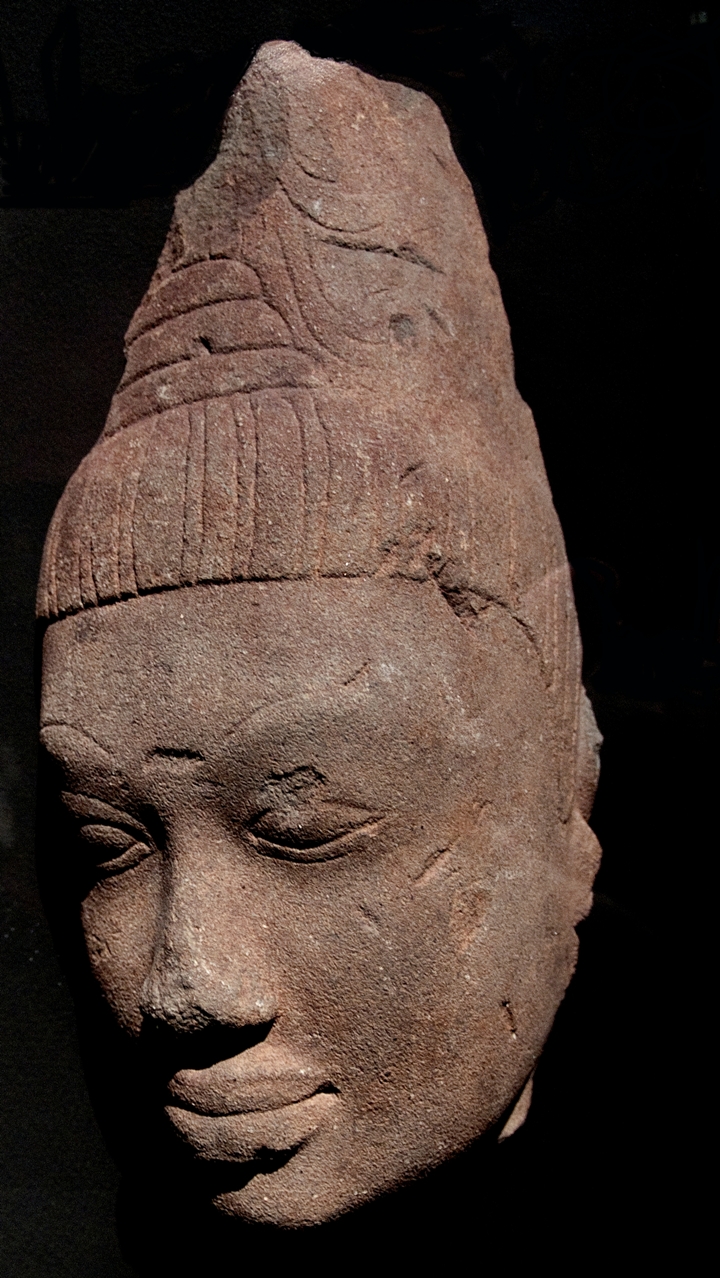Filippino Lippi (1457-1504) - Early Renaissance painter of the Florentine school whose works influenced the Tuscan Mannerists of the 16th century.
The son of Fra Filippo Lippi and his wife, Lucrezia Buti, he was a follower of his father and of Sandro Botticelli.
After Fra Filippo Lippi’s death, Filippino entered the workshop of Botticelli. By 1473 he had finished his apprenticeship.
















